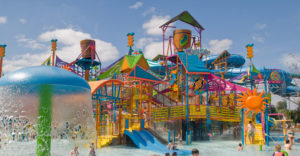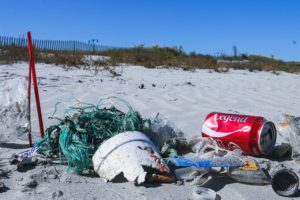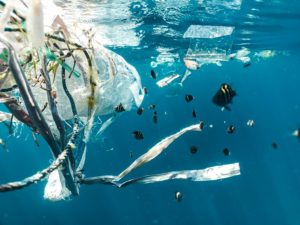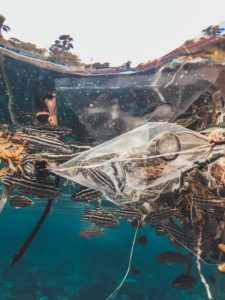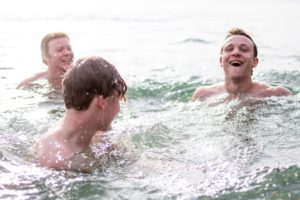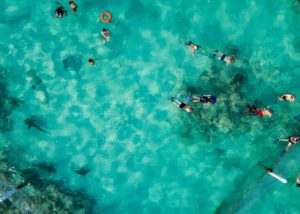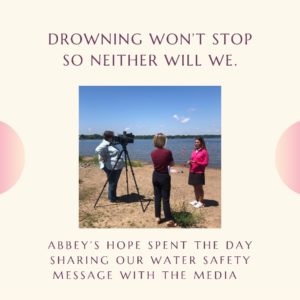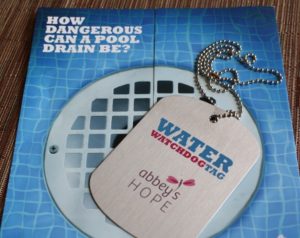Why Sea World in San Diego is a Great Day for the Whole Family!
By: Rose Beasley
There is more to summer fun than just hitting the beach or local public swimming pool. The city of San Diego in California is a glorious smorgasbord full of fun attractions and activities to entertain even the most fickle of travelers. From incredible zoos to sea cave kayaking and harbor cruises to water parks, San Diego has it all. However, there is one attraction that is a combination of what the city offers and that is our local Sea World!
SeaWorld is an animal theme park, oceanarium, outdoor aquarium and marine mammal park, located inside Mission Bay Park in beautiful San Diego, California . MBP is more than fifty percent water and is the only Sea World location with a view of the ocean. Here, there is unlimited fun to be had whether you want to have a special encounter with one of the many animal attractions like dolphins or orcas, ride a thrilling roller coaster, chill in a water park, catch a show, and so much more.
Aquatica San Diego has returned for its eighth and final season in 2021. Experiences at Aquatica range from lounging on sandy beaches to splashing playfully in pools, and journeying down water slides. In compliance with state safety guidelines for water parks, Aquatica will operate with enhanced health and safety protocols for cleaning and sanitizing, physical distancing, and face-covering requirements in certain areas. Aquatica will be open daily for the final season from now to Monday, September 6.
Think the fun ends at sunset? Not a chance! Get ready because when the sun goes down, the party is only getting started. Go from day into night and watch the park light up at SeaWorld’s Electric Ocean. Stay late all summer to enjoy exotic worlds of light and music and experience your favorite SeaWorld attractions in a whole new way. Party with glowing sea creatures and world-class DJs for a dance party beneath the waves. The evening’s grand finale is a fireworks spectacular that is defiantly Instagram worthy! The event is currently running and will continue through Monday, September 6.
For all the kids and kids at heart, the magic of Sesame Street comes alive at the Sesame Street Bay of Play. Enjoy the new heartwarming show all about the beauty of friendship, show off your best dance moves at the Furry Friends Dance Party, and take a break with the new Sesame Street Story Time. Also, don’t forget to attend all the new places to meet and greet with your favorite Sesame Street characters or to check outBig Bird’s Bistro where guests can find delicious eats and sweet treats.
Those are just a few of the amazing activities you will find to do at Sea World. It is fun for the whole family and you will make memories that will last a life time. So next time you find yourself in one of Southern California’s best cities, be sure to make planning a day at Sea World a priority. You will definitely not be disappointed that you did!
To begin planning you trip visit seaworld.com
This article is brought to you by: The Swimming Swan
from The Swimming Swan LLC https://theswimmingswan.com/why-sea-world-in-san-diego-is-a-great-day-for-the-whole-family
via https://theswimmingswan.com

